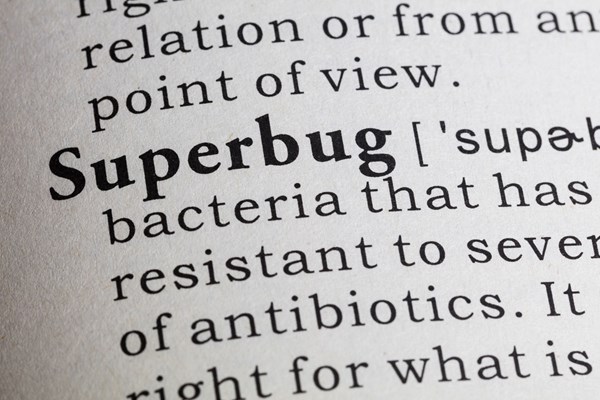The Center for Disease Control (CDC) notes that up to one half of antibiotic use in humans and much of antibiotic use in animals is inappropriate and unnecessary. If overuse of antibiotics is curtailed for use only where necessary and appropriate, this improves safety for all, from humans to domestic animals.

Proper use of antimicrobials starts with prevention of disease or injury in the first place. When feasible, immunization against viruses has a good success rate for protecting horses against viral disease that could ultimately lead to bacterial infection, such as respiratory viruses leading to bronchopneumonia. Good hygiene in the horse’s stabling environment along with daily grooming make sensible strategies that not only prevent infections but also enable an owner to identify a wound early on. Rapid attention and treatment often obviates the need for systemic antibiotics when an acute injury is well cleaned and bandaged.
While you may have a bottle of antibiotics kicking around in your equine medicine chest, it is always prudent to consult with your veterinarian before beginning treatment.
Because of the concern about on-going development of antibiotic resistance, it is best to be circumspect about using antibiotics in our horses without first having an appropriate diagnosis. Ideally, bacterial culture and sensitivity of an infected wound, body part, or from a blood culture is a prelude to implementing a course of antibiotic therapy. Serious conditions may need to be managed initially with a choice of broad-spectrum antibiotic(s) while awaiting confirmation from the lab as to which medication is best to target a specific infection.
Furthermore, proper use of antibiotics relies on appropriate dosing, frequency and duration of treatment. When a horse is started on a treatment course, it is important that antibiotics are administered at the proper amount relative to the horse’s body weight, and that the recommended route of administration and frequency of medicating are followed. Even if the horse seems to have improved within a short few days, it is important to finish out the full course of treatment for the recommended number of days, which is usually a minimum of five days; in some cases antibiotic treatment may be required for weeks or months.
In all instances, working with your veterinarian on when to implement antibiotic therapy, how much and for how long will go a long ways to helping remedy the problem of antibiotic resistance related to overuse.



